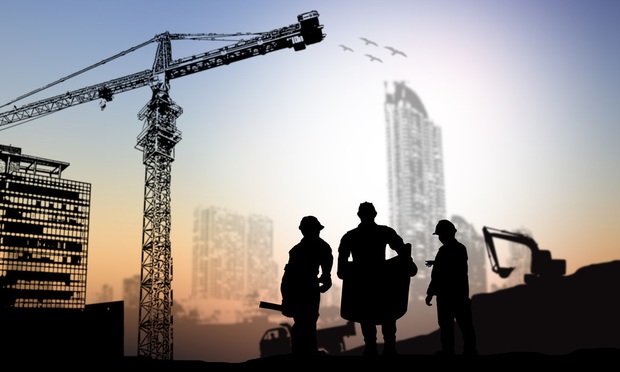HOUSTON—The industrial asset class continues to blaze a white hot trail with a development pipeline that exceeds 3 million square feet—and that is poised to be quickly filled.
Transwestern’s latest national industrial report notes that 43 of 47 markets it tracks posted year-over-year rent increases. Also, the supply-demand equilibrium still greatly favors developers: while new supply is outpacing leasing activity in some markets, other regions experienced a considerable rebound in net absorption after a slow start to the year.
Nine markets ended the quarter with vacancy below 4% (Los Angeles, Orange County, Detroit, Inland Empire, Long Island, New Jersey, Minneapolis, Cincinnati and Salt Lake City). Only three of those—Inland Empire, Cincinnati and Salt Lake City—have a substantial volume of new construction in the pipeline, or more than 2% of their existing inventory. This suggests industrial owners and users are still looking for opportunities to build new, state-of-the-art industrial product, Transwestern said.
“The US has a record level of industrial space under construction—in fact, the volume is more than double that of five years ago,” said Matt Dolly, Transwestern’s research director in New Jersey.
Overbuilding, which affected sector performance in previous cycles, does not seem to be a threat due to labor challenges and rising land prices keeping construction in check, the report also noted. Additionally, tariffs and trade disputes will lengthen lead times and costs for construction materials.
Net absorption was positive for the 38th consecutive quarter, despite declining for the third straight period, ending the second quarter with 86.4 million square feet. Dallas surpassed the Inland Empire with the highest quarterly and year-over-year absorption totals due in large part to more available inventory.
“Demand for industrial space is expected to pick up nationally during the second half of 2019 as retailers fill their supply chains for the holiday shopping season,” Dolly said in prepared remarks.
© Touchpoint Markets, All Rights Reserved. Request academic re-use from www.copyright.com. All other uses, submit a request to [email protected]. For more inforrmation visit Asset & Logo Licensing.








